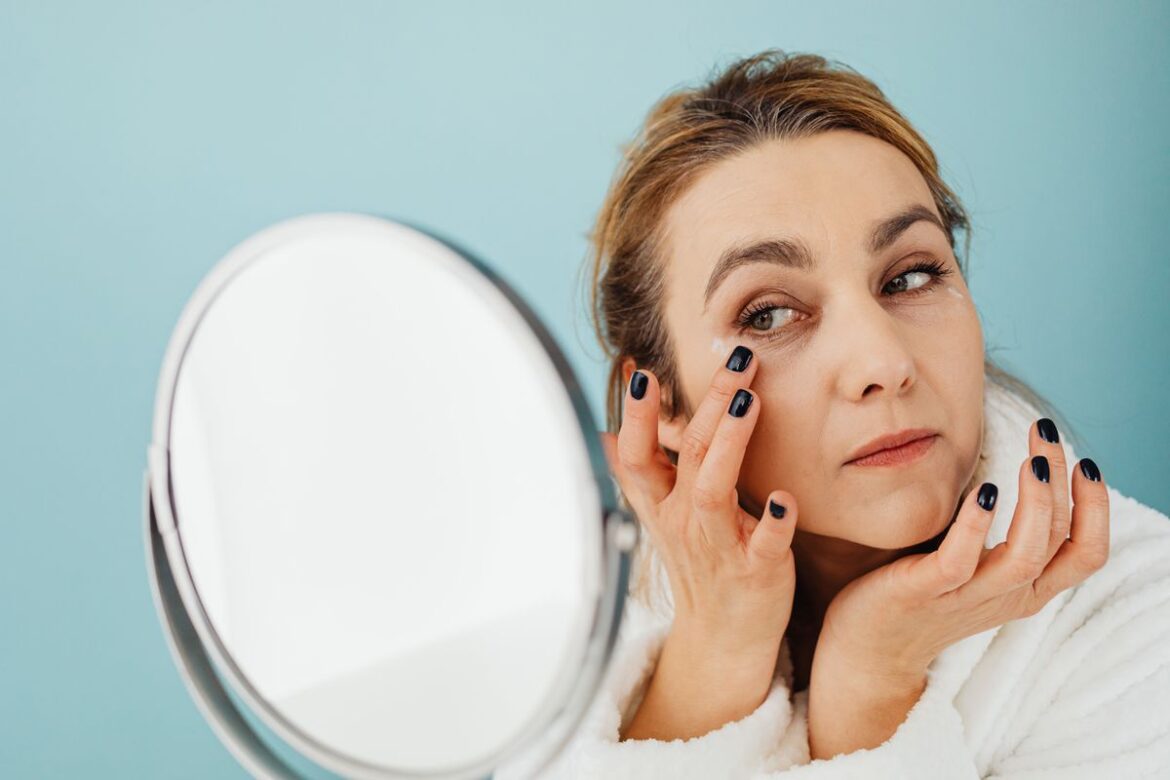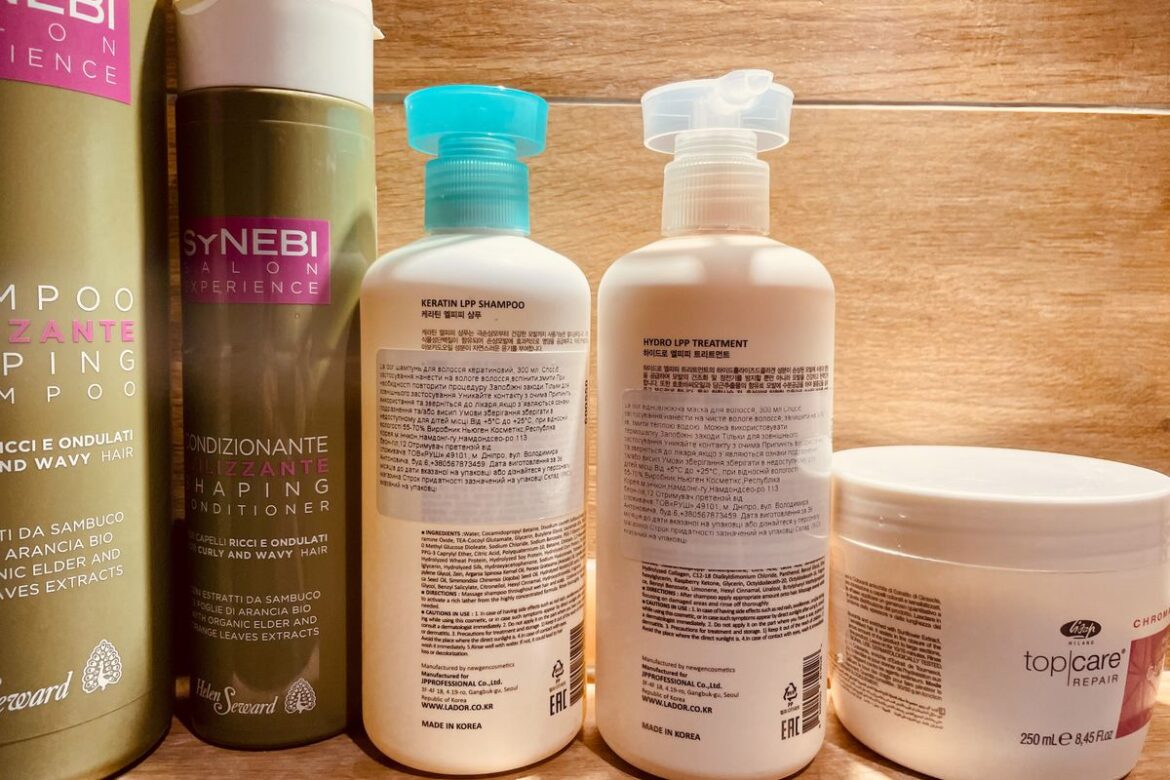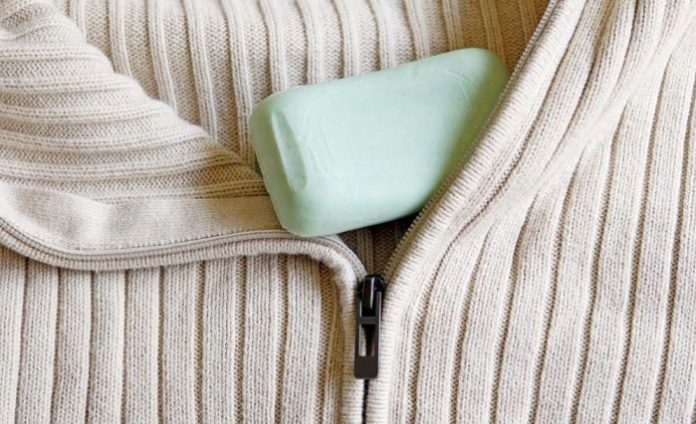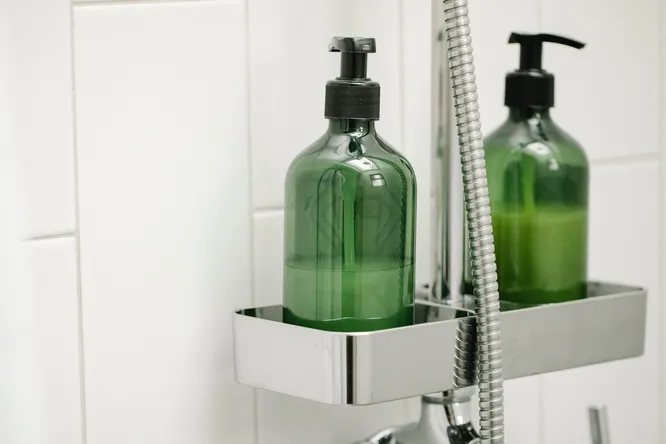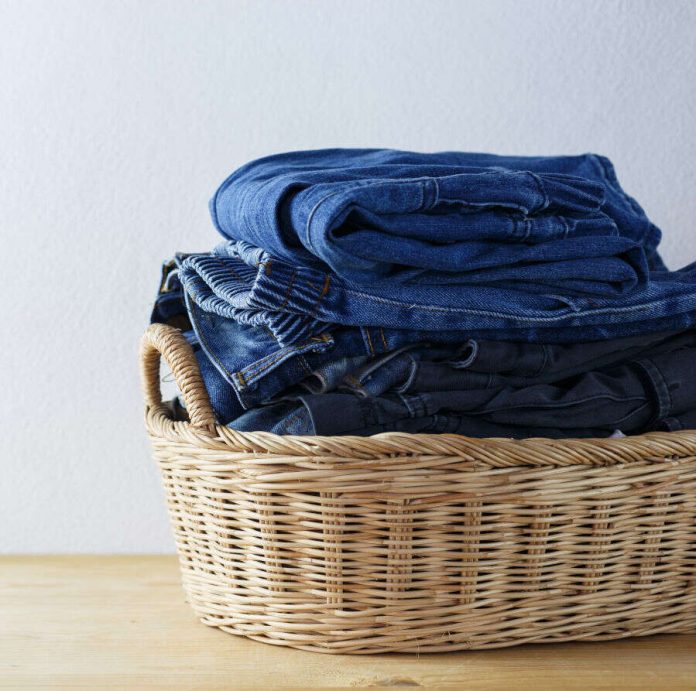
0
Despite the fact that cosmetics manufacturers year after year try to improve their formulas in the direction of greater environmental friendliness and safety, not all harmful components managed to go to the black list and say goodbye to the beauty industry forever. The most common of them are discussed below.
Parabens
Parabens (Methylparaben, Propylparaben, Ethylparaben, Butylparaben) can often be found in cosmetics such as shampoos, creams, deodorants, toothpaste, and decorative cosmetics. Most often, these substances are used as preservatives designed to ensure a long shelf life of any cosmetic product.
Controversies about the harm of parabens have not subsided to this day: scientists either come to the conclusion that parabens are toxic, cause a cumulative effect, can provoke breast cancer, or they throw up their hands, because no other method of preservation for mass-market cosmetic products has yet been found. In this regard, in Europe and the USA, parabens are officially recognized as safe for health, while companies involved in the production of cosmetics are recommended to reduce the amount of parabens in their products to a minimum (from 0,4 to 0,8%).
It has been proven that Butylparaben and Propylparaben are able to imitate the action of estrogen and for this reason, taking into account the accumulative effect of parabens, they can cause hormonal disorders. In addition, parabens increase the harmful effect of UV rays on the skin, thereby accelerating the aging process.
Formaldehyde
Cosmetics contain, of course, not pure formaldehyde, but so-called formaldehyde releasers — preservative substances that can release formaldehyde. For example, DMDM hydantoin, or Imidazolidinyl urea, Sodium hydroxymethyl glycinate, Diazolidinyl urea, Benzylhemiformal, Quaternium-15 , Methenamine (Methenamine), as well as Bronidox (15-bromo-5-nitro-5-dioxane) and Bronopol (1,3-bromo-2-nitropropane-2-diol).
Formaldehyde releasers are found in shower gels, shampoos, hair conditioners, body lotions, facial moisturizers, nail polishes, and even mascara. In fact, formaldehyde is a carcinogen, in large concentrations it is poisonous, in small concentrations it can cause allergies and increase the sensitivity of the skin.
In some countries, such as Japan and Switzerland, the use of preservatives based on formaldehyde is prohibited. In the USA and European countries, formaldehyde releasers are allowed only for cosmetics that can be washed off the skin.
Large Western manufacturers of cosmetics usually do not use formaldehyde releasers in their products, replacing them with parabens. And manufacturers of economy-class cosmetics often use formaldehyde-based preservatives. Even practically "natural" Thai cosmetics do not do without preservatives - these are either formaldehyde releasers or parabens. Therefore, in any case, when buying certain means, you need to carefully read the composition.
Hydroquinone
Hydroquinone is often used in intimate whitening creams and anti-pigmentation products. Hydroquinone is a poisonous substance capable of reducing the production of melanin pigment in the skin and hair. It has a toxic effect on skin cells, causing premature aging. And under the influence of ultraviolet, hydroquinone also increases the risk of oncology.
Hydroquinone is officially banned in Europe. In the USA, it is permissible to use cosmetic products containing no more than 2% hydroquinone - such products are considered safe.
Withdrawal syndrome can occur after hydroquinone skin whitening, in which the pigmentation you've been fighting so hard comes knocking on the door again. After long-term use of whitening products with hydroquinone, a disease such as ochronosis can develop, in which the skin acquires a grayish-brown shade.
Ethanolamine
Ethanolamine and its variations (Monoethanolamine/MEA, Diethanolamine/DEA, Triethanolamine/TEA, 2-aminoethanol) are derivatives of ammonia and are most often used in inexpensive hair dyes, toning agents, and styling agents. However, some manufacturers also use ethanolamine in bath foams, shower gels, and even intimate hygiene products.
At the same time, in many countries of the world, including the USA and Europe, products with ethanolamine, which have a short-term effect on the skin, are recognized as safe if they are thoroughly washed off with water. But there is no denying the fact that paints, styling products and gels containing ethanolamine can cause allergic reactions, irritate the skin and mucous membranes, cause structural changes in the epidermis, contributing to premature aging of the skin.


 213
213

